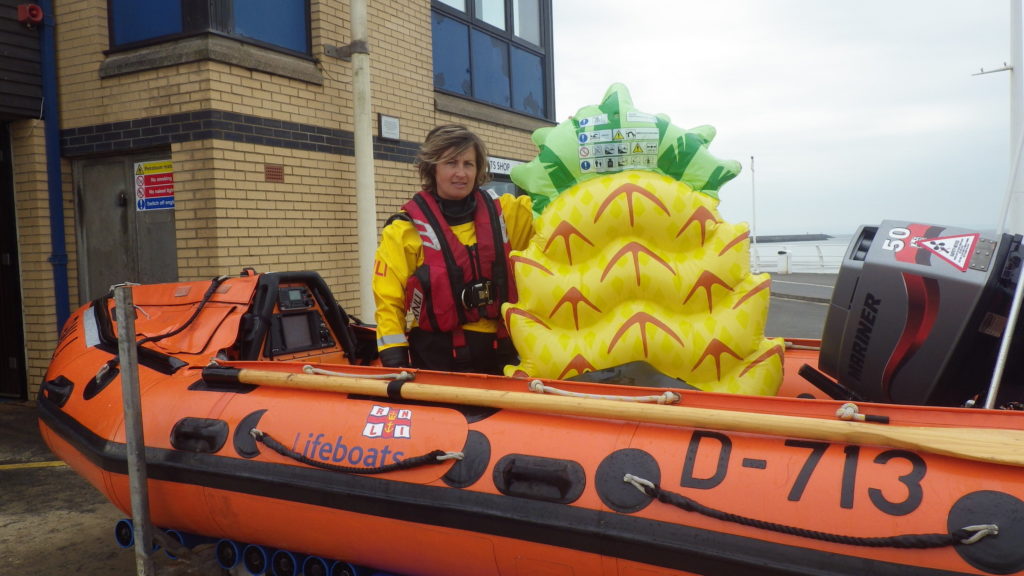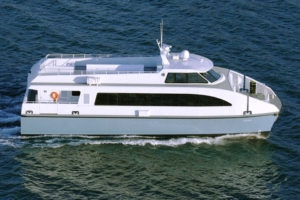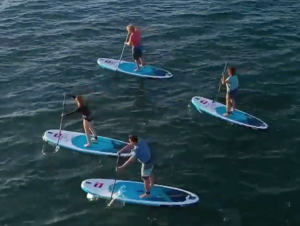Deadly inflatables plague rescue services
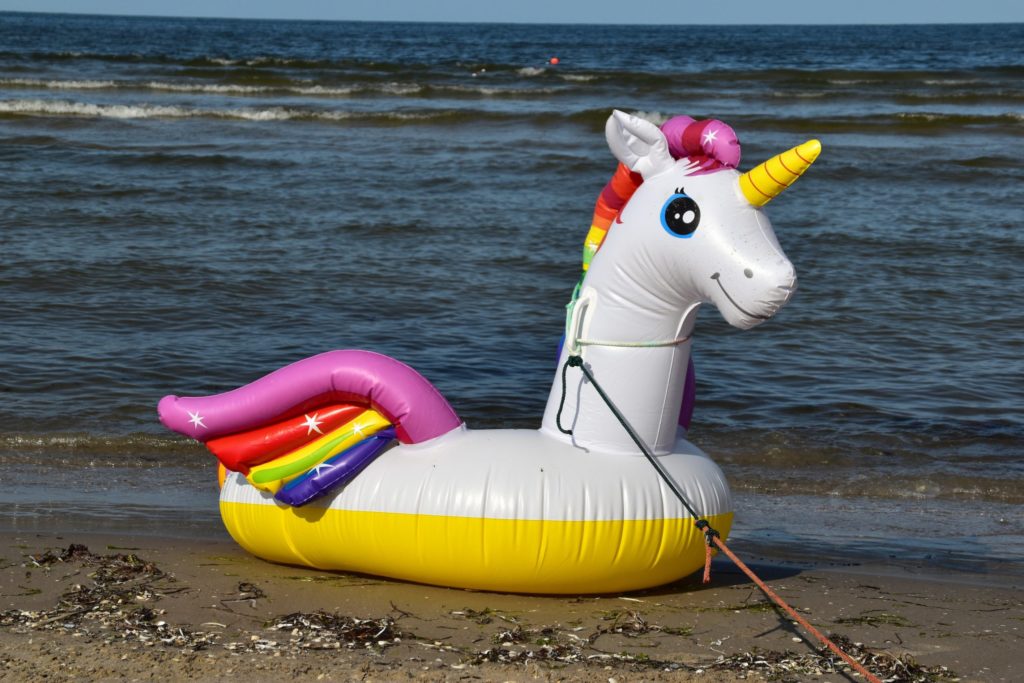
After the ongoing unicorn craze which saw the RNLI help 346 people in incidents involving inflatables last year, the campaign to stop people using inflatables in the sea continues in its new iteration which – for the first time – explicitly tells people not to use inflatables at the beach.
The instruction ‘don’t use inflatables’ comes as part of the RNLI’s core safety advice. It’s a step-up from last year’s advice which, according to the Cambrian News report on a wave of incidents, was ‘to only use inflatables close to the shore, or keep them tethered’.
But, with the summer holidays in full swing in many parts of the country, the temperature increasing and retailers such as John Lewis still marketing inflatables ‘for holding on when you’re surfing the ocean waves’, it’s no surprise that emergency services are in it for a long-term fight if they want inflatables off the beaches
“Inflatable unicorns, watermelons, dinosaurs, you name it, we’ve seen it,” says a spokesperson for the Maritime & Coastguard Agency. “We strongly recommend that inflatables are not used at the beach.
“Keep your floating friends only for the swimming pool. They may pose well for an Instagram picture but they can also pose a danger at the coast when up against strong currents and wind, which could sweep you out to sea.”
“They’re basically massive sails which can whisk you miles out to sea in seconds,” RNLI’s Ross Macleod told Cosmopolitan last summer as the RNLI tried to put out the unicorn flames, fanned by images of celebrities on oversize inflatables in their pools. But the average inflatable buyer doesn’t have a pool in their garden, and therefore heads to the beach. And with families planning a stay in the UK this summer, how long will it be before tragedy strikes again?
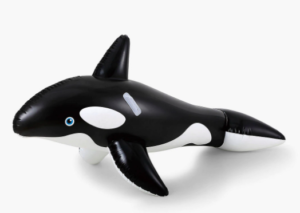
Currently for sale in John Lewis for ‘ocean’ fun
“We have now got RNLI lifeguards on far more beaches than we originally planned after the easing of lockdown rules, but they still can’t be absolutely everywhere this summer,” says Gareth Morrison, RNLI Head of Water Safety.
“Many of the emergencies we respond to involve inflatables and that is a key reason why we strongly advise against taking them to the beach. Inflatables are not designed for open water and it takes very little breeze for them to be swept out to sea, much quicker than you can swim or paddle back to the beach. What may seem fun at first can turn into an extremely serious situation, in a matter of seconds.”
Just browsing through the rescue reports from the RNLI underpins that.
In June, Girvan lifeboat launched after 999 calls about an inflatable dingy with a small child on board being blown out to sea at Croy Shore, just North of Culzean Castle.
Bystanders and parents attempted to swim to reach the child, but were unable to do so and returned to the beach and called the emergency services.
Thankfully, Girvan lifeboat managed to locate the child and inflatable approximately a mile offshore, and both were recovered.
Earlier in July, Skerries RNLI launched to two children drifting out to sea on inflatables. As the lifeboat was arriving on scene, off Laytown beach, they received an update from Dublin Coast Guard that the two children had made it ashore with the assistance of a member of the public. The lifeboat collected both inflatables on its way back.
In another incident, Whitstable RNLI’s lifeboat was launched to three incidents, two of which involved inflatable beach toys in one day.
The first call was to an inflatable dinghy with two persons on board drifting 300m offshore from Leysdown. The occupants were reported to be struggling to get back to the shore against the breeze.
Later in the afternoon, the lifeboat launched following a report of a yellow canoe or inflatable being blown out to sea, up to a mile from shore between Shellness, Isle of Sheppey and the Kentish Flats wind farm.
The lifeboat arrived ‘on scene’ and located a 3ft inflatable toy. There was no one with it and, after checking that there was no one in the water, the lifeboat returned to station.
“Whenever an inflatable is spotted being blown out to sea, we have to be certain no one has fallen from it or is struggling to swim back having abandoned the craft,” says Whitstable Lifeboat Operations Manager Mike Judge. “When we catch up with an inflatable we then have to ‘back track’ its movement to where it may have started to make sure all is well.”
So not only are they a danger to those being swept out to sea, they’re also a time waster for valued volunteer services.
Inflatables are easy to come by and are more often than not advertised for beach use, as well as the pool. So, is the RNLI’s message cutting through the noise, to the average parent (and retailer) who just wants to give their children a great day out by – and on – the water? Take a look back at the images from the ‘national incident’ day, when the UK came out of lockdown and headed to the beach. Those with keen eyes can immediately see that inflatables are as popular as ever.
And they’re cheap as chips (well, fish and chips), with prices from a fiver for an inflatable ‘bed’.
The upsurge of paddleboarding could be another cause for concern, but with inflatable kits retailing at around £300, they’re certainly not as easy to come by as a blow-up lilo.
But, some good news. Cosmopolitan reported the RNLI was called for assistance in 479 sea rescues involving these kind of floats in 2018 – a figure, it says, that was almost double what it was the year before in 2017. But with only 346 people in incidents in 2019, and more stringent advice, the hope is the number of inflatable incidents will continue to fall.
